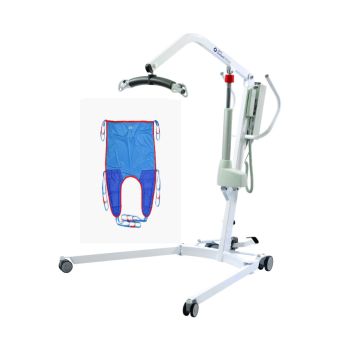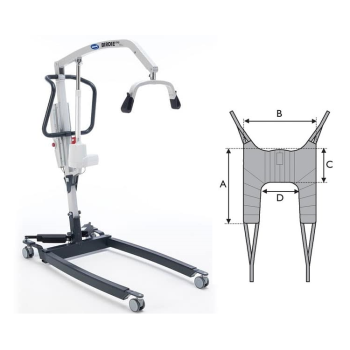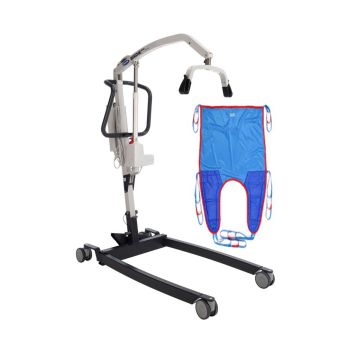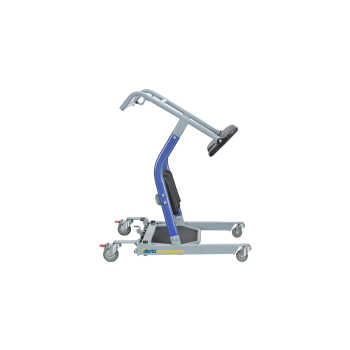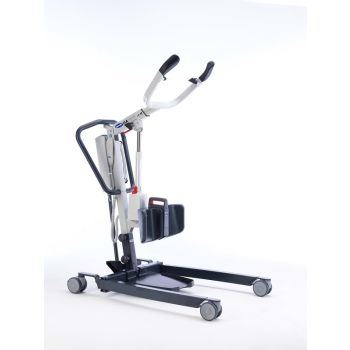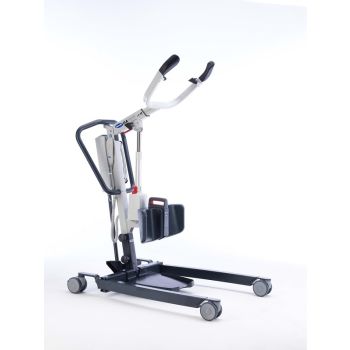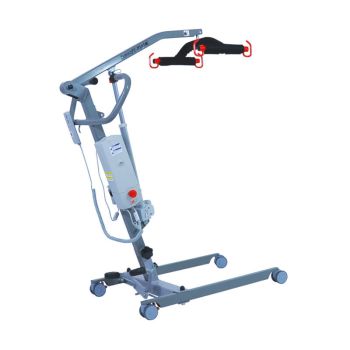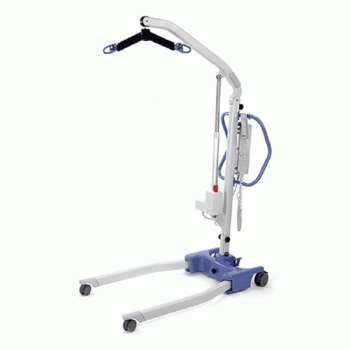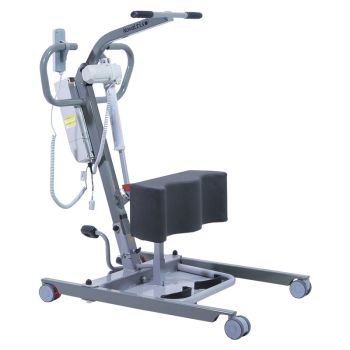We use cookies to make your experience better. To comply with the new e-Privacy directive, we need to ask for your consent to set the cookies. Learn more.
Patient hoists, slings, and patient handling equipment are intended to enable a caregiver to easily transfer someone who has little or no mobility from one place to another. Hoists are available in a wide range of sizes and styles. Mobile hoists, bath hoists, standing hoists and bariatric hoists are just a few of the types we stock. They allow for safe patient transfer while protecting staff from harm and potential injury caused by poor manual handling.
Patient slings are meant to be used in conjunction with hoists to make transporting patients much easier. Doing this lowers the risk of potential injuries and accidents for both patients and carers. We have both stand aid slings and hoist slings in stock, which are both utilised to safely move patients.






